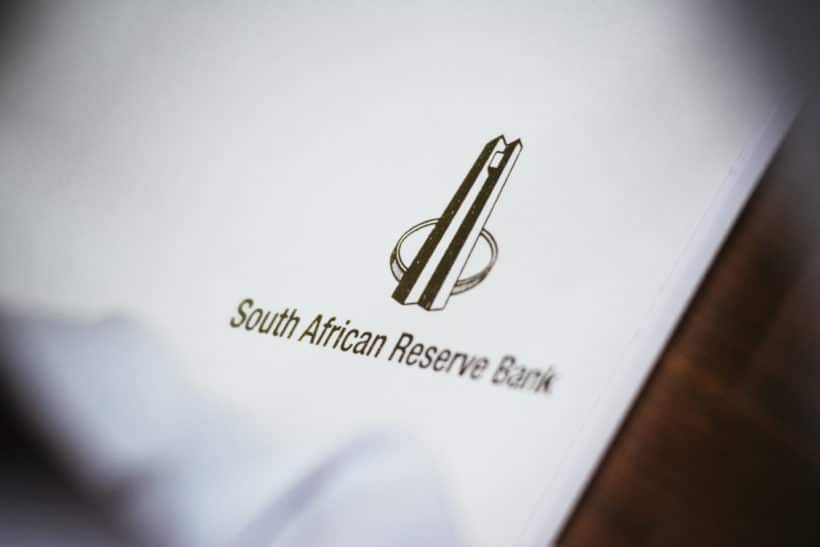
The South African Reserve Bank (SARB) kept its benchmark rate unchanged arguing the risks to its inflation outlook remained balanced.
The repo rate remained at 3.5 percent after the bank last year slashed it by 300 basis points to shield the economy from coronavirus imposed lockdowns that shackled economic activity at home and abroad pushed inflation to the lowest in 16 years.
Economists unpack Kganyago’s rate decision & economic outlook for 2021
“Monetary policy eased financial conditions and improved the resilience of households and firms to the economic implications of Covid-19, and continues to be accommodative,” Governor Lesetja Kganyago told a press briefing after a meeting of the bank’s Monetary Policy Committee.
He added that the Bank has also taken important steps to ensure adequate liquidity in domestic markets and that regulatory capital relief has also been provided, sustaining lending by financial institutions to households and firms.
South Africa’s economy is forecast to have contracted by about 8 percent last year after the lockdowns, power shortages and subdued demand for South African exports due to lower global demand.
The majority of economists surveyed by Reuters had forecast a no change stance though some argued the bank could have been more proactive by cutting rates again to stimulate an economy struggling with record unemployment around 40 percent.
First National Bank Chief Economist Mamello Matikinca-Ngwenya said the bank could have taken advantage of lower inflation to cut and stimulate demand amid a tame inflation outlook.
“While the SARB may have decided to keep the repo rate unchanged at 3.5%, we believe there is room for further easing. The current economic shock has kept demand in the economy very low, and as a result, inflation has remained firmly anchored below the midpoint of the target band.”
“High-frequency data shows that while the economy continued to expand into 4Q20, the recovery trend was losing steam. Importantly, these trends emerged before the implementation of level 3 lockdown restrictions in December,” she said.
However Kganyago said monetary policy needs the support of fiscal policy, in particular around the implementation of structural reforms that have been long promised.
“Such steps will enhance the effectiveness of monetary policy and its transmission to the broader economy,” he said.

